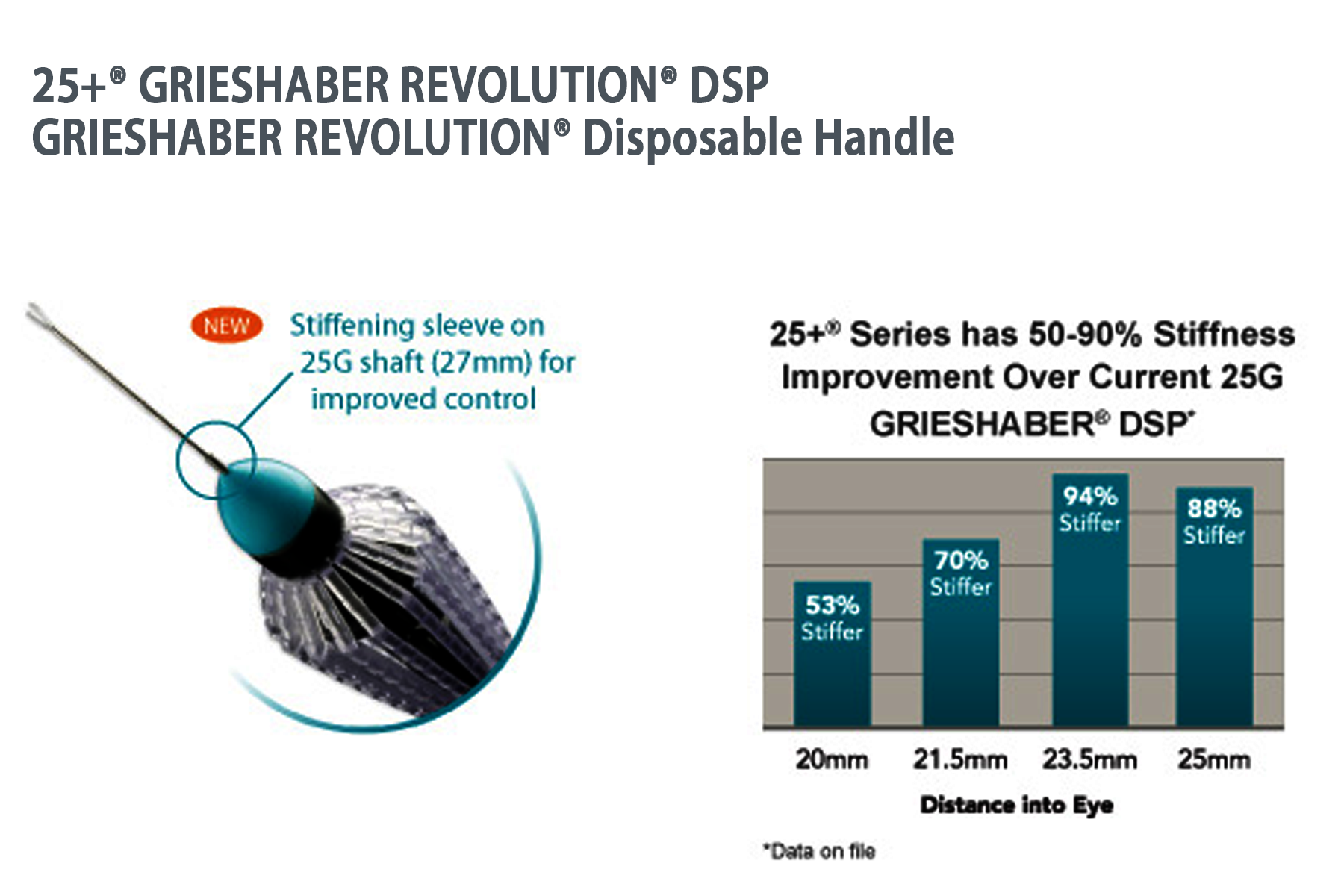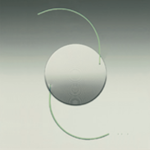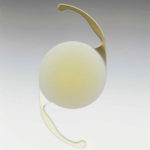
I’m back. It’s been awhile, and I have many excuses (don’t we all). I wish I could say that I have been so busy taking care of my patients’ eyes that I just didn’t have time to blog. Alas, the reality is that the administrative demands and hassles of modern medicine (dealing with Medicare and insurance) have kept me from fully embracing what I really enjoy and am passionate about: taking care of my patients and educating others (such as blogging). As I believe that complaining only mentally reinforces a sense of helplessness and negative attitude, I chose not to post about these hassles. Thanks to those who read this blog and have been encouraging me to return to it – sometimes we all can use a little “push” to get us back on course.
This last week, I had one of those “Wow! I can’t believe this is possible” moments that we all likely (but rarely) experience when we are at the very top of our game and pushing the limits of what’s possible. I had a patient who really wanted a ReSTOR +3 multifocal IOL but had a dense posterior subcapsular cataract (PSC). Now, a mild PSC is not usually a problem. In his case, however, the cataract had formed a fibrous plaque on the surface of the posterior capsule. This plaque simply refused to come off using the traditional techniques of light vacuuming and polishing of the posterior capsule.
In a previous post I explained how the posterior capsule is only a few millionths of a meter thick and many surgeons will avoid touching it if they can. I am in the minority that “polish” every posterior capsule and feel that I have developed a “sense” of how much manipulation a particular capsule can bear. Rather than fear the capsule, I have attempted to get to know it. Now, I’m not going to suggest that I am some sort of “Capsule Whisperer.” I don’t care whether it is baking cupcakes or polishing a membrane that is only as thick as a speck of dust, the more you interact with it the better sense you get of how it will come out (BTW don’t ask me to bake, I can tell you it won’t come out tasty).
Back to the challenge at hand: this plaque was thicker than the capsule itself and just would not come loose. Finally, I got an edge free, but it was too small to occlude the vacuum handpiece so I was unable to pull it free. The best analogy I can think of is that of peeling a sticker off of something. You get a little edge, pull it off, but the sticker tears, so you have to do it again. Only, in this case it was like having to peel a sticker off of Saran Wrap (very thin Saran Wrap).
Suddenly, it occurred to me that retinal surgeons peel very delicate membranes off of the retina using extremely delicate forceps. It just so happened that I was operating that day in a hospital which also served retina surgeons. What if, I thought, I used these micro-forceps (pictured below) to peel this plaque off of the posterior capsule? By this time, I had a pretty good sense that this particular capsule was sturdy enough to tolerate this.
Well, it was either get the plaque off or no multifocal IOL for this patient. I knew how disappointed he would be so I had the OR staff open the forceps. These things were SMALL! I increased the magnification of the microscope, controlled my breathing, grasped the edge of the plaque and pulled…
Off it came and the capsule did not tear. Over the next 30 minutes in a very quiet operating room (as the staff watched the LCD monitor in awed silence) I patiently repeated the steps of polish, grasp, pull – again and again until finally the capsule was clear. Exciting and exhausting and deeply satisfying.
That afternoon I saw this patient in my office. His range of vision was simply astounding. I doubt I’ll be pulling out these retina forceps on a regular basis, but just knowing it can be done is enough.









Leave a Reply